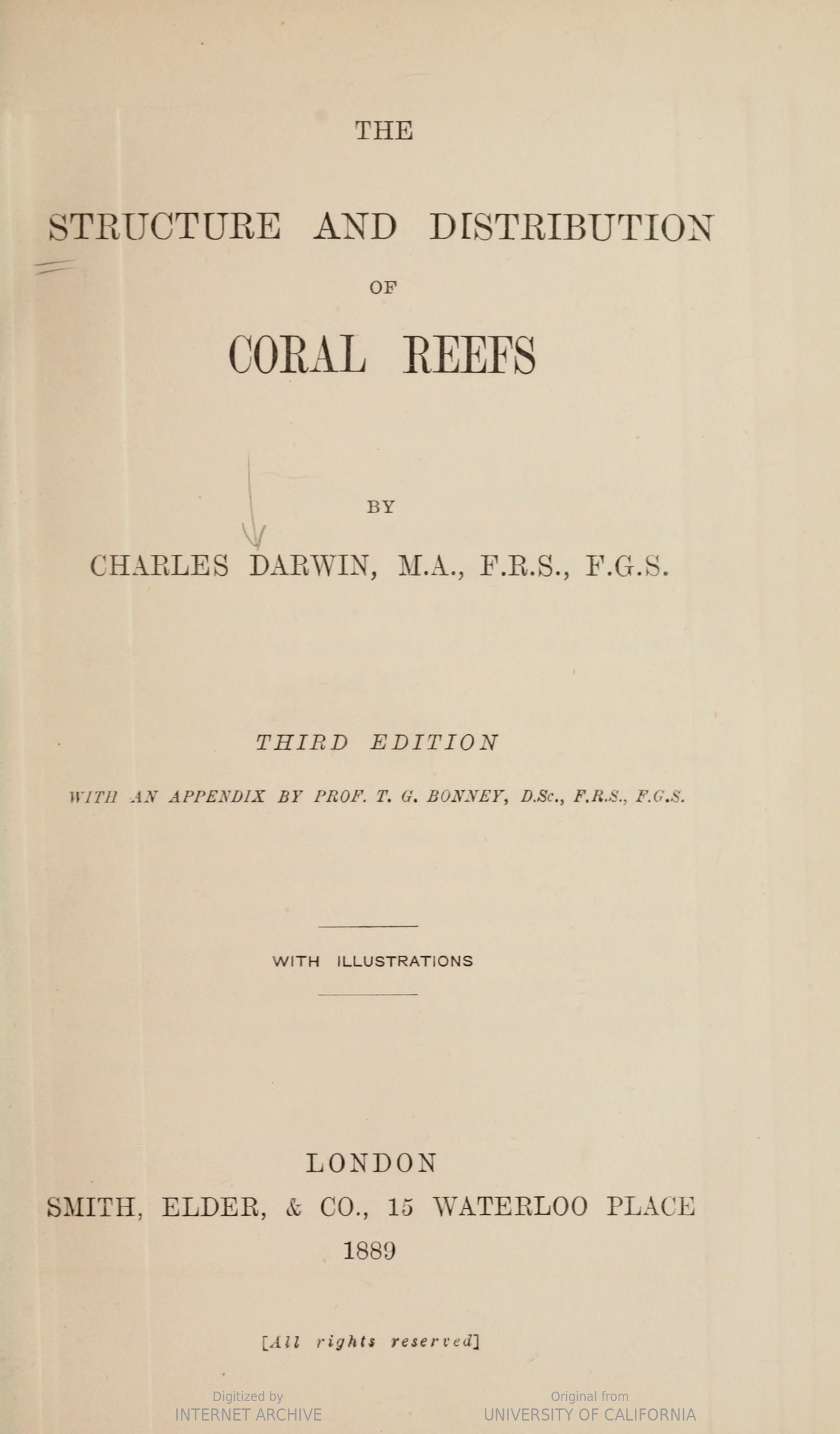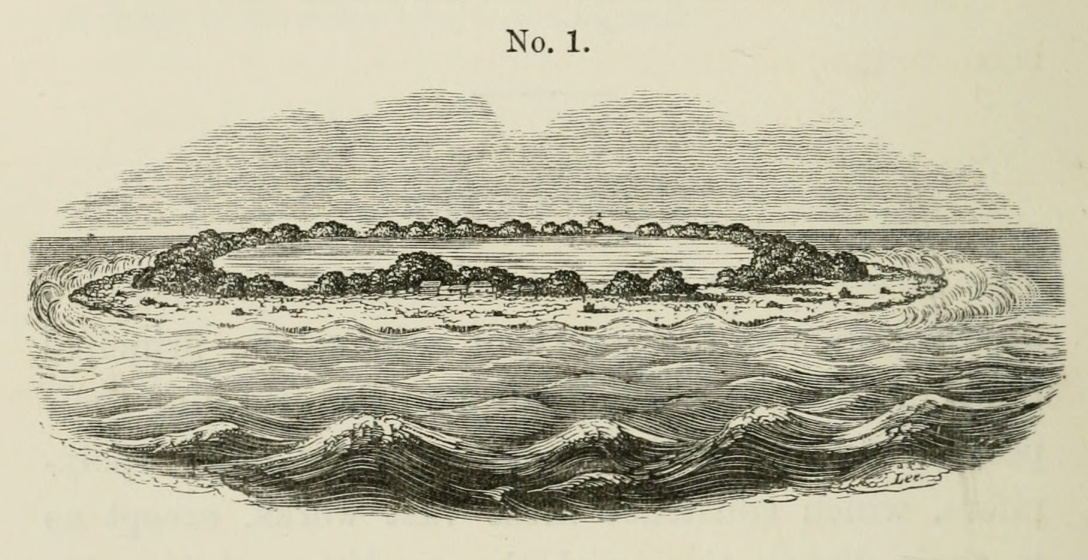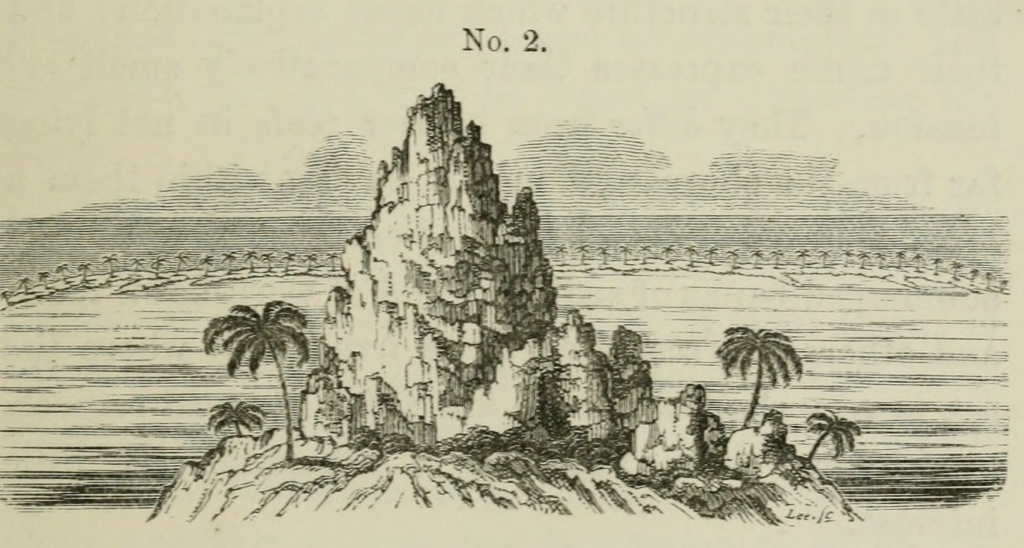The following excerpt, on Darwin's use of analogy and reasoning through cumulative, converging probabilities, is from "Reasoning and Knowing in Science and Poetry," the final chapter in Jane Rupert's Uneasy Relations: Reason in Literature & Science from Aristotle to Darwin and Blake (Milwaukee, WI: Marquette University Press, 2010). Reprinted by permission of Marquette University Press, ©2010. All Rights Reserved. www.marquette.edu/mupress

n 1831 when at the age of twenty-two Darwin departed from Plymouth harbour on his voyage around the world, although he had a strong interest in natural science and had a passion for collecting since childhood, he had little formal preparation for the diverse kind of work in science that lay ahead. Darwin relates how this education took place outside his program of studies at grammar school and at Cambridge, where the Greek and Roman classics predominated, and outside his studies in medicine in Edinburgh. He had abandoned medical studies at Edinburgh where even anatomy was taught through lectures rather than through dissection. Instead, in Edinburgh Darwin followed his inclination towards natural science by joining groups like the Plinian Society whose members included the assistant keeper of the Museum of Natural History. When in 1828 he began his studies at Cambridge for an alternate career in the clergy, he not only belonged to groups interested in natural science but was also an avid and serious collector of beetles. To illustrate his zeal for collecting, a passion for Darwin since childhood, he describes how he once popped a beetle into his mouth because both hands already held beetles; in the end he had to spit out the beetle after it emitted an acrid fluid and lost another one in the process. Finally, in his last year at Cambridge, his ardour for natural science was stirred by reading Sir John Herschel’s A Preliminary Discourse on the Study of Natural Philosophy (1830) and Alexander von Humboldt’s Personal Narrative (1814) of his travels and scientific observations in Tenerife, equinoctial South America, Mexico, and Cuba.



Left to right: (a) Title page of The Structure and Distribution of Coral Reefs. (b) Coral atoll. (c) Coral island and encircling coral reef. All images are from C. Darwin, The Structure and Distribution of Coral Reefs, 3rd ed., 1889. Courtesy of HathiTrust. [Click on images to enlarge them.]
For a person who was to postulate a theory covering the whole field of physical life through the convergence of multiple independent probabilities, the most important factor in his early development as a natural scientist was his friendship at Cambridge with John Stevens Henslow, Professor of Botany and knowledgeable in several sciences: entomology, chemistry, mineralogy, geology. Henslow saw the scientist in Darwin and recommended him as naturalist for the Beagle’s expedition (1831-6), believing that he was qualified not through his training but through his capacity for collecting, observing, and noting anything new. While Darwin travelled, it was to Henslow that he sent back his collections. Henslow for his part encouraged Darwin, sent him scientific literature, and offered expert guidance. After receiving Darwin’s first shipment of specimens in 1833, he advised him on how to pack geological items and on the importance of including roots, flowers and leaves. Later that same year, he observed that nearly all the minute insects he had sent were new, that all fossils were important.
Through such guidance and his own experience, in the course of his five year voyage Darwin soon ceased to be merely a collector as he recognized principles or made comparisons between species of animals and plants. Regarding his last large collecting effort on the Galapagos Islands, Darwin wrote to Henslow that he had collected every plant in flower that had come into view and had paid much attention to the birds which he suspected to be very curious. Darwin’s dependence on Henslow evident in their correspondence and his gratitude to him is typical of his reliance on experts in the several areas of science that he continued to draw upon for cumulative supporting evidence in the years before the publication of The Origin of Species in 1859. Aided by a grant obtained with Henslow’s support, when he returned to England his collection was analyzed by prominent experts in corallines, reptiles, conchology, entomology, ornithology, botany.
Darwin’s empirical observations made during his voyage in so many different areas of science were essential to an understanding of the relation of parts to a whole, the same kind of relation that Aristotle characterizes as typical of the poetic drama and of discourses in rhetoric. Analogical reasoning figured importantly into this consideration. As in religion where analogy is necessary to bridge the enormity of the gap between the human domain and the realm of God, for Darwin, too, analogical reasoning was required to arrive at his theory because of the great gaps in empirical evidence that had to be bridged in the immense span of time of biological evolution.
One eminent scientist in particular was important to Darwin as a model for this kind of reasoning through analogy as well as for his work in the related field of geology where, like Darwin, he considered change through time. Darwin’s theory of the transmutation of all living things over an unimaginable period of time would have been inconceivable without the work of the eminent geologist, Charles Lyell (1797-1875), whose first volume of the Principles of Geology was published in 1830, the year before Darwin’s voyage.
In his work, Lyell offered a model of the way in which pioneering theories within the physical domain are reached through analogical reasoning and converging probabilities. His argument for a comprehensive theory of the laws guiding geological change was based in part on the analogy between what was observable in the present with similar processes in the past. Lyell observed that the earth was still in a state of constant flux; mountains, for example, were still being thrust up and elevations were still subsiding. By analogy, he claimed that present evidence of processes such as volcanic eruptions were an indication of similar past processes as part of slow, gradual cycles of change that extended over vast periods of time. This reasoning through analogy was required because, as Darwin wrote, geology’s study of the crust of the earth dealt with enormous gaps: not like a well-filled museum but “as a poor collection made at hazard and at rare intervals” (The Origin of Species, 448). Evidence through strict sense observation required by Baconian science was simply not available for either the principles of geology or the theory of biological evolution.
In his own reasoning through probabilities, Darwin was to labour under similar difficulties. Because of the lack of continuous evidence of biological transmutation, like Lyell he had to exercise personal judgment based on reasoning through analogy and congruent probabilities. Although he claimed that varieties were incipient species, change was so slow that existing transitional evidence for a continuous sequence of change was elusive. Darwin observed that the mind which cannot possibly grasp the meaning of over a million years cannot “add up and perceive the full effects of many slight variations accumulated during an almost infinite number of generations” (Origin, 444). While fellow scientists were sceptical of conclusions reached through analogies and probabilities, which they called an unsafe method of arguing, like [John Henry] Newman [in his Grammar of Assent] Darwin defended the genus of probable reasoning as not only “a method used in judging of the common events of life,” but also as the mode often used by the greatest natural philosophers (Origin, 442-3): for example, in arriving at the undulatory theory of light, or the belief that the earth rotated on its own axis, theories which remained probable until direct evidence was later provided.
A singular instance of Darwin’s own power of reasoning through probability is found in his correct understanding of the development of coral reefs before he had seen a true coral reef. By analogy with his observations and reflections on the effects of elevation and subsidence of land on the west coast of South America along with the effect of the deposition of sediment, he recognized that coral atolls do not build on the rims of submerged volcanic craters, as in Lyell’s generally assumed theory, but build up independently in shallow water near the shores of islands. Before seeing evidence for this in the coral reefs of the Pacific, he realized that as islands together with their closely connected reefs subside gradually the land might disappear entirely but the coral’s polypi continue building up the reefs, gradually raising the reefs towards sea level. Darwin describes the process by which he understood coral reefs as involving deduction and the imagination (Autobiography, 98-9).
Although Darwin argued for the validity of the probable mode of reasoning through analogy, he also recognized that “analogy may be a deceitful guide”: for instance, in advancing by analogy from his considered belief that both animals and plants are descended respectively from about four prototypes to the further conclusion that “all animals and plants are descended from some one prototype” (Origin, 446). In the physical sciences, if theories advance through analogies both their soundness and their capacity to persuade others require the support of concrete evidence. Before publishing The Structure and Distribution of Coral Reefs in 1842, Darwin relates that he spent twenty months of hard work reading every work on the islands of the Pacific and consulting many charts.
Links to Related Material
- How did the stones get there? A Darwinian act of interpretation
- Darwin and the Scientific Naturalist View of Truth
- Darwin's education — from his Autobiography
- Turning points in Darwin's life
Bibliography
Aristotle. Rhetoric and Poetics. Introduction by Friedrich Solmsen. New York: Random House, 1954.
Darwin, Charles. "Recollections of the Development of my Mind" in The Life & Letters of Charles Darwin. London: John Murray, 1887.
Darwin, Charles. The Autobiography of Charles Darwin. London: Collins, 1958.
Darwin, Charles. On the Origin of Species. London: John Murray, 1859.
Darwin, Charles. The Origin of Species. Introduction by Sir Julian Huxley. New York: Mentor, 1958. (all citations are from this text)
Darwin, Charles. The Structure and Distribution of Coral Reefs. London: Smith, Elder & Co., 1842.
Gale, Barry G.. Evolution Without Evidence: Charles Darwin and the Origin of Species. Brighton: Harvester Press, 1982.
Herschel, John F. W.. A Preliminary Discourse on the Study of Natural Philosophy. Chicago & London: University of Chicago Press, 1987.
Humboldt, Alexander von. Personal Narrative of Travels to the Equinoctial Regions of the New Continent During the Years 1799-1804. Oxford: Benediction Press, 2012.
Lyell, Sir Charles. Principles of Geology. Chicago: University of Chicago Press, 1992.
Newman, John Henry. An Essay in Aid of a Grammar of Assent. Notre Dame, IN.: University of Notre Dame Press, 1979.
Created 25 September 2023